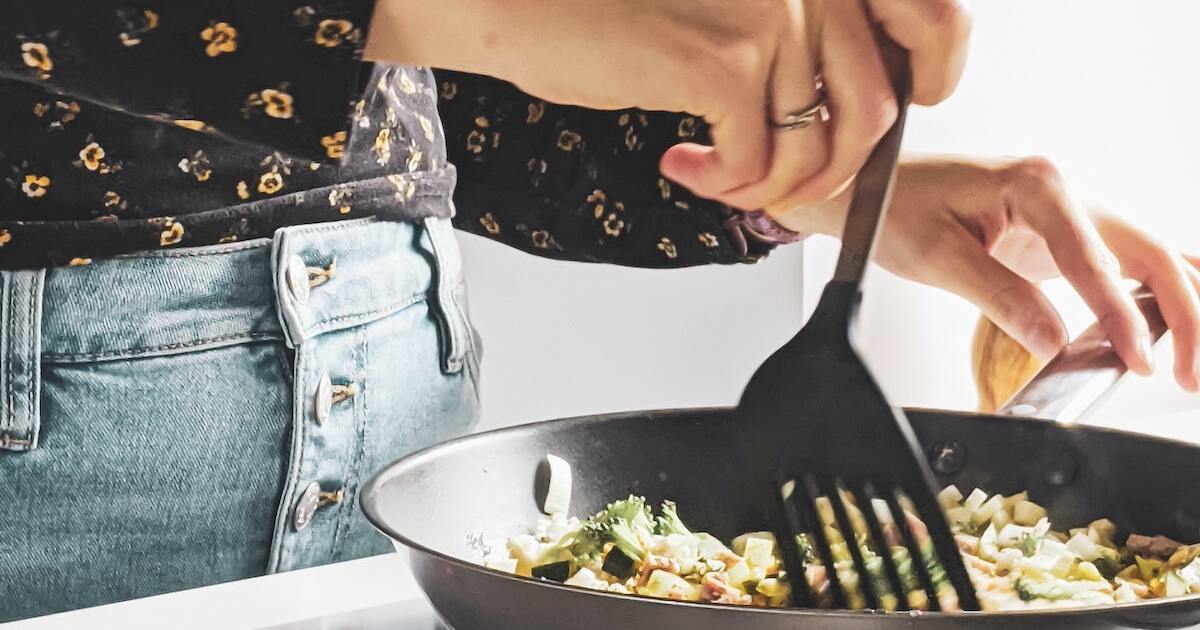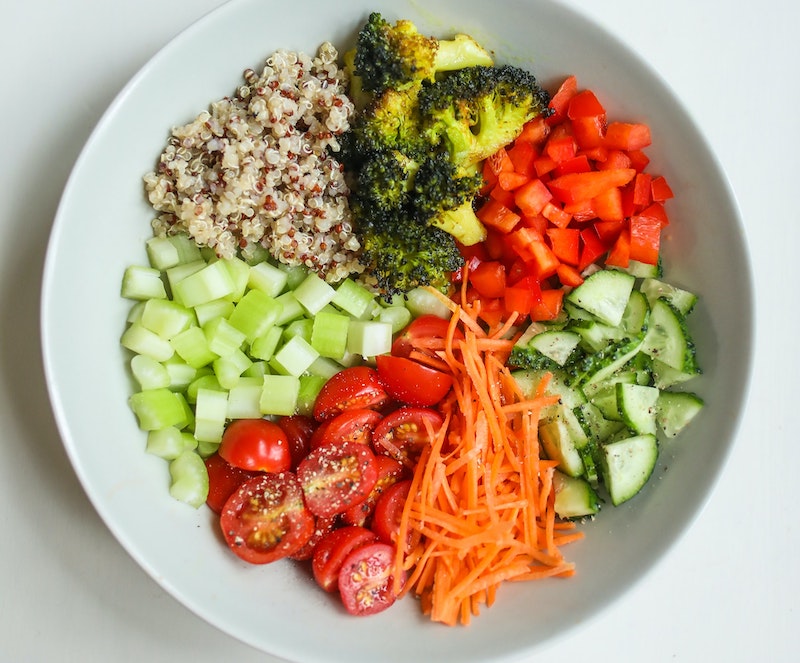In general, the vegan lifestyle can lead to various health benefits. Part of that is due to the influx of micronutrients found so abundantly in plants, the other part is due to the avoidance of animal foods that contain many harmful components such as cholesterol, trans and saturated fats, IGF-1, Neu5gc and other foreign compounds. Although still found in plants, nutrients like iron are a bit harder to come by on a vegan diet. Anemia is a common diagnosis that affects approximately 3 million Americans (not just vegans) and is the result of iron deficiency. Not all vegans are anemic, but it helps to know the basics to avoid it in the future. Here you will find everything you need to know about the vegan diet and anemia.
What is anemia?
Anemia is the most common blood disorder according to the National Heart, Lung, and Blood Institute. Anemic people do not have enough red blood cells (or damaged red blood cells) to carry enough oxygen in the bloodstream to the body’s tissues. The symptoms of anemia can vary on a scale of severity. Mild symptoms present as fatigue or paleness, while more severe symptoms include shortness of breath, dizziness, and brittle hair and nails.
What causes anemia?
Iron deficiency is the most common culprit in anemia, but it’s not the only trigger. Heavy menstrual cycles in women, cancer, vitamin B12 deficiency, and some inflammatory and chronic diseases like IBS can also cause a person to become anemic. While she can’t easily control some of these rarer triggers, she can take charge of her iron and vitamin B12 intake. Here is more information on how these two nutrients affect blood oxygen levels.
Iron
Iron is an important component of hemoglobin, a protein found in red blood cells that is absolutely crucial for carrying oxygen from the lungs to the rest of the body. Iron also supports proper cell function, regulates hormone production, and strengthens your metabolism. Without enough iron, the body cannot make enough red blood cells to carry enough oxygen to the body’s tissues, leading to fatigue. The recommended daily allowance (RDA) of iron for most adults is 8 milligrams for men and 18 milligrams for women.
Heme vs non-heme iron
There are two types of iron: heme and non-heme. Heme iron is primarily found in animal sources, although it can now be found in certain plant-based meats such as Impossible Burgers. Heme iron tends to be more easily absorbed than nonheme iron, which is found in both plant and animal foods. Vegans naturally tend to lack heme iron, although they can still obtain adequate amounts by consuming foods without heme iron. Five hundred milligrams of vitamin C consumed in the same meal can greatly increase iron absorption, according to researchers at the Harvard TH Chan School of Public Health.
Vitamin B12 deficiency
While a lack of vitamin B12 is one of the less common deficiencies that can eventually lead to anemia, this nutrient is just as important as iron in the production of red blood cells and the transport of oxygen within the bloodstream. Vitamin B12 is the supplement that every vegan (and person) should take regularly, as this nutrient is extremely difficult to find in plant-based foods. Nutritional yeast is the only common plant-based food that naturally contains vitamin B12, and while there are some fortified vegan products on the market, a vegan supplement is a safe and effective way to ensure you’re not deficient. Most adults only need 2.4 micrograms per day, but don’t be alarmed if your supplement contains up to 500 micrograms, this amount is not an overdose.
The 5 best foods to get iron in a vegan diet
one Legumes and Beans
Legumes are often touted as being high in protein, but a lesser known fact is that they are also rich in iron. Legumes like beans, peas, lentils, and soybeans (including tofu and tempeh) can help you meet your daily iron quota. Both a cup of lentils and tofu contain about 6.6 grams of iron each. Kidney beans and lima beans are the two highest sources of iron when it comes to beans, containing 5.2 milligrams and 4.5 milligrams per cup, respectively.
two quinoa
There’s a reason quinoa has often been touted as a superfood. This fluffy, hearty grain contains four grams of iron per half-cup dry serving. If you’re struggling with anemia, try swapping the rice in your cereal bowls for this iron-rich vegan meal.
3 Molasses
This thick, syrupy substance is extremely rich in iron, clocking in at 7.2 milligrams per two-tablespoon serving (that’s almost a day’s worth of iron for men!). While we wouldn’t recommend eating molasses like you do vegan Nutella, there are ways to incorporate this food into your daily diet. East muhammara sauce recipe is a great place to start.
4 Nuts and seeds
Yes, nut butter counts too. While you would have to eat too many nuts to fully meet your iron needs, they do help you reach that goal. Choose pistachios, almonds, pumpkin seeds and sesame seeds, which contain between 1 and 2.7 milligrams of iron per one-ounce serving.
5 green leafy vegetables
Popeye was right: Green leafy vegetables are true nutritional powerhouses. Swiss chard is particularly rich in iron: about four milligrams per cup, cooked. Spinach also contains a substantial amount of iron, but it is not easily absorbed by the body. Other greens like Brussels sprouts, broccoli, and kale are solid choices.
Tully Zander is a dedicated vegan, mother of two wonderful dogs, and loves to experiment with plant-based foods by sharing tips on her blog, vegansfirst.
To learn more about vegan health, read:
The best vegan protein sources
This Doctor Recommends Ditching the Ketogenic Diet and Going Vegan
Is milk bad for you? The truth about dairy
!function(f,b,e,v,n,t,s)
{if(f.fbq)return;n=f.fbq=function(){n.callMethod?
n.callMethod.apply(n,arguments):n.queue.push(arguments)};
if(!f._fbq)f._fbq=n;n.push=n;n.loaded=!0;n.version=’2.0′;
n.queue=[];t=b.createElement(e);t.async=!0;
t.src=v;s=b.getElementsByTagName(e)[0];
s.parentNode.insertBefore(t,s)}(window, document,’script’,
‘https://connect.facebook.net/en_US/fbevents.js’);
fbq(‘init’, ‘224533741955785’);
fbq(‘track’, ‘PageView’);

